Search the site for a moth name or other keyword
Riband Wave There are two forms of Riband Wave which are both common. One has the dark band which gives the moth its name and the other form (f.remutata) where this band is plain.
It is only f.remutata which is likely to be confused with other species. Possible confusion species are the Common Wave, Common White Wave and Cream Wave (below). See also Plain Wave which is very similar to f.remutata but is not at all common (See Hantsmoths).
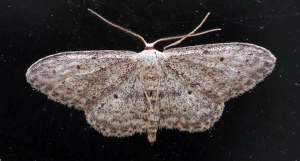 Back to List
Back to List
Back to List
Back to List
Back to List
Back to List
Back to List
Back to List
Back to List
Back to List
Back to List
Back to List
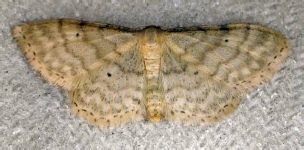
Black dot on the forewing is outside the second cross-
(Compare
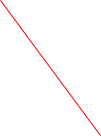
In Common White Wave the cross-

Wave moths -


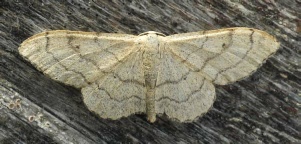
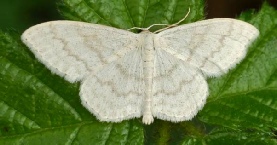

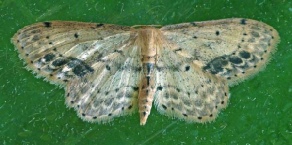

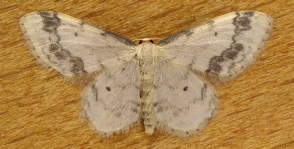
Riband Wave Riband Wave ( f. remutata )
Outer cross-
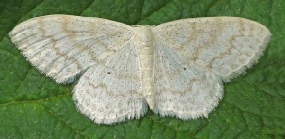
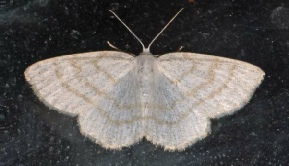
Cream Wave
Common Wave Common White Wave
In Common Wave the cross-

The family Sterrinhae includes a large number of ‘wave’ moths. Only the common ones are shown here.
Size matters -
1. Wing
length about 15mm Riband Wave Common Wave, Common White Wave and Cream Wave.
2. Wing
length about 10mm Small fan-
Small dusty wave.
1. Wing length about 15mm
In Cream Wave the outer cross-
Cream Wave often has a black dot near the centre of the hindwing .
The black dot on the hindwing is sometimes small or absent
2. Wing length about 10mm
Single-
Small fan-
Treble Brown Spot -
Black mark where the outer cross-
Black blotches in the outer cross-
Light blotches all the way round the outer cross-
Dark brown blotches in the outer cross-




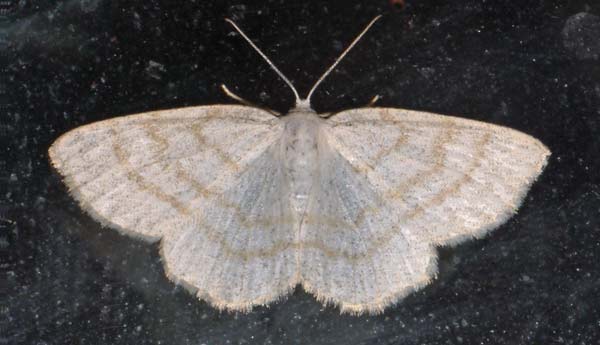
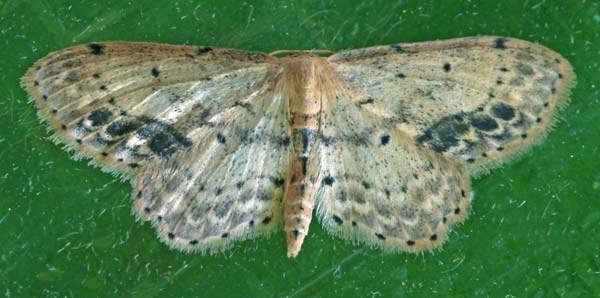
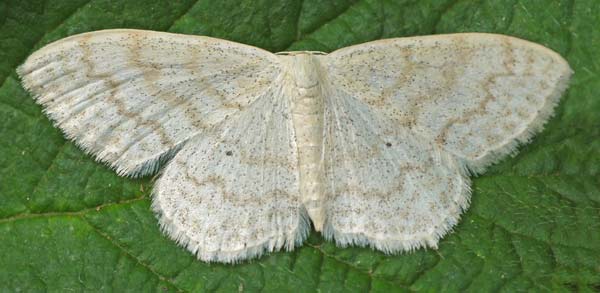
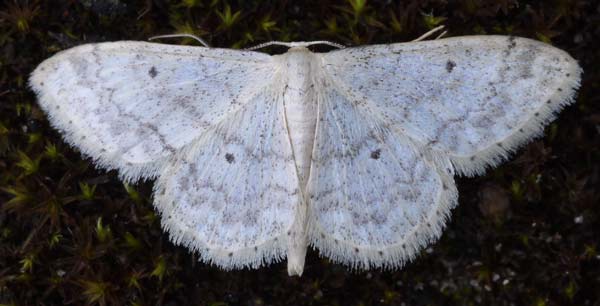
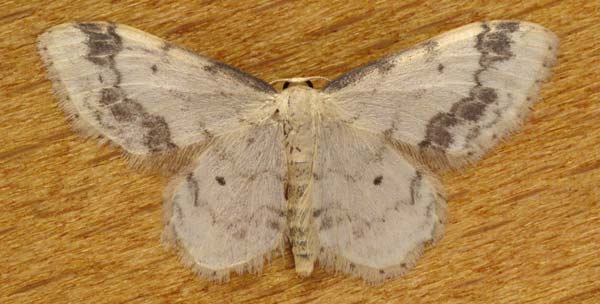


Dwarf Cream Wave
Small Dusty Wave
Dusty appearance due to black speckling.
Line of dashes at the outer edge of the wings; occasional black dots in the fringe.
Leading edge of the wing dark -

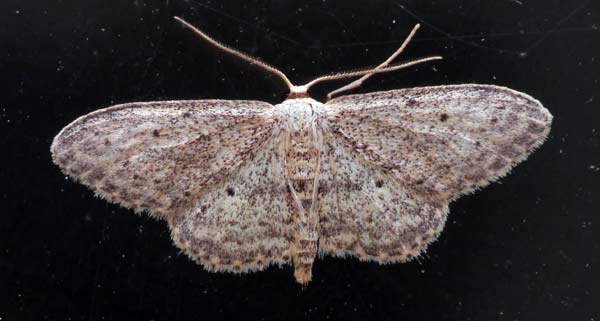

Note : There is also a less common species Lesser Cream Wave, similar to Cream Wave but slightly smaller and the leading edge of its forewing is far less curved near the wing tip (See Hantsmoths).
